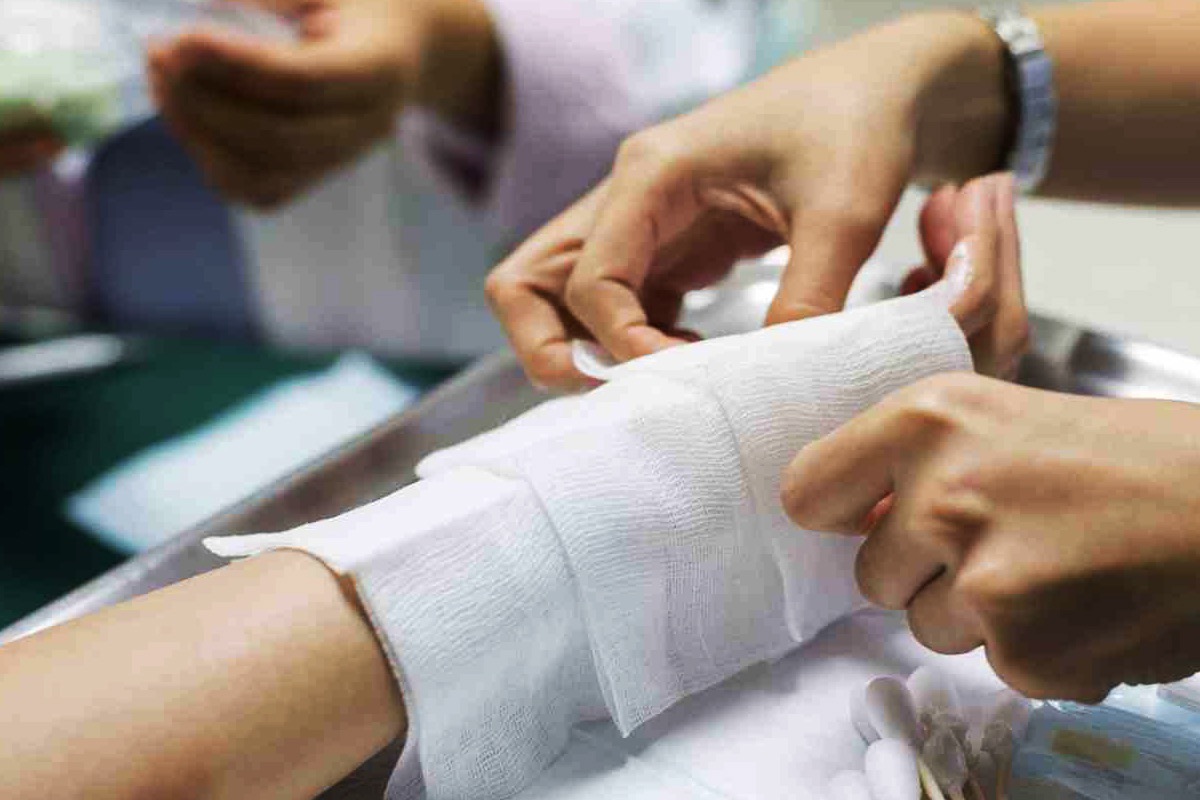

Care Insurance policies can help us cope with the financial strain that comes with painful burn injuries

Skin burns can be agonisingly painful and are never a pleasant experience. It may take a long time to heal, depending on the severity of the burn. If not treated promptly, skin burns can result in blisters, red/peeling, or burnt skin.
Contact with a hot curling iron or oven or spilling hot liquid is the most common cause of burns and scalds.
While it is impossible to avoid accidental burns, you can protect yourself from the medical costs that come with them.
Let’s look at the different types of burns and why it’s important to have skin burn coverage through your medical insurance policy.
Classification of Burns
A burn is classified as first, second, or third-degree, depending on how deeply and severely it penetrates the skin’s surface.
Burns of the First Degree
First-degree burns only affect the epidermis or top layer of skin. The burn site can be painful, red and dry, with no blisters. Consider a minor sunburn. Changes in skin tone are common in rare cases of long-term tissue injury.
Burns of the Second Degree
Second-degree burns affect the epidermis and a portion of the skin’s dermis. The burn site is red and blistered and may appear unpleasant and swollen.
Burns of the Third Degree
Third-degree burns destroy the epidermis and dermis. Third-degree burns have the potential to injure the underlying bones, muscles, and tendons. The burned area appears scorched or white because the nerve endings are damaged and no longer function.
Burns covering 10 per cent of a child’s body or 15 per cent to 20 per cent of an adult’s body are serious injuries requiring hospitalisation and intensive rehabilitation.
Burns of the Third Degree (Full Thickness)
Third-degree burns destroy the epidermis and dermis. Third-degree burns have the potential to injure the underlying bones, muscles, and tendons. The burned area appears scorched or white because the nerve endings are damaged and no longer function.
Burns covering 10 per cent of a child’s body or 15 per cent to 20 per cent of an adult’s body are serious injuries requiring hospitalisation and intensive rehabilitation.
The Importance of Accidental Burn Health Insurance Coverage
Certain skin burns can be treated medically or surgically. While some treatments are inexpensive, others are costly and may burn a hole in your pocket. Expensive skin burn treatments may cause financial hardship. Purchase health insurance that covers accidental skin burns and protects you financially in such an event.
A skin-burn insurance policy can assist you in dealing with costly treatment with multiple inclusions. In-patient hospitalisation coverage, day-care treatment coverage, pre and post-hospitalisation medical expenses coverage, medical procedure coverage, and other benefits are available.
When an emergency requires immediate attention, arranging finances becomes unbearably difficult. In a skin burn accident, the victim must be rushed to the hospital as soon as possible to avoid infection or further pain.
Care Insurance offers a specialised health insurance plan for critical illnesses, an easy-to-acquire individual and family health indemnity plan that covers 32 pre-defined critical illnesses, including major burns.
If by chance, you sustain an accidental burn that necessitates hospitalisation, you will have something to fall back on financially while you are in excruciating pain. Purchase Critical Illness Insurance today and protect yourself against 32 major illnesses!